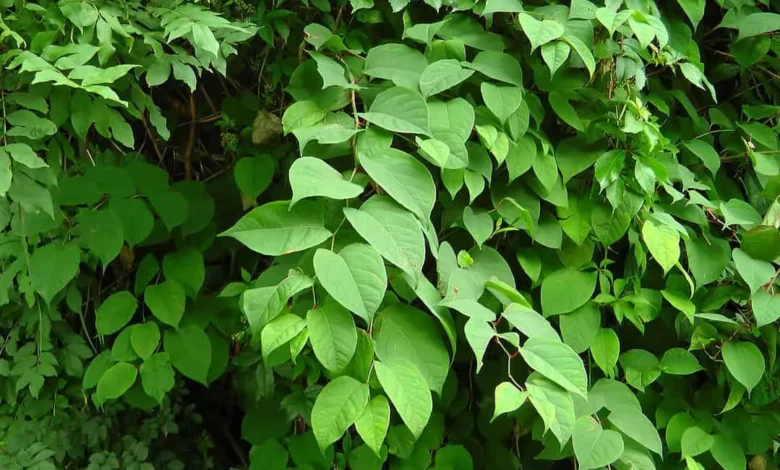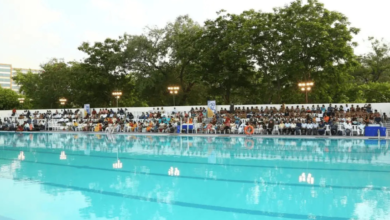When Does Japanese Knotweed Grow? A Seasonal Guide to Managing This Invasive Plant

Japanese Knotweed is one of the most aggressive and persistent invasive plants in the UK. Recognised for its rapid growth and potential to damage property, this weed is something no homeowner or land developer should ignore. Knowing when Japanese Knotweed grows is the first step toward effective identification, control and treatment.
At CYB Environmental, we specialise in Japanese Knotweed removal and offer expert advice tailored to the plant’s growing cycle. In this guide, we explore how this invasive species behaves throughout the year and when you should be most vigilant.
Understanding the Growth Cycle of Japanese Knotweed
Japanese Knotweed follows a clear and predictable growth cycle, which is influenced by seasonal changes. Understanding this cycle is crucial for identifying the best times for treatment and monitoring.
Spring: Rapid Emergence
Growth begins in early spring, usually between March and April. Red or purple shoots resembling asparagus spears begin to push through the soil. These quickly develop into green, bamboo-like canes. By late spring, the plant can reach up to 1.5 metres in height.
Spring is a critical time for early detection. If you spot these shoots on your property, it is important to take action immediately. Early treatment during this stage can be more effective and reduce the risk of structural damage.
Visit our Japanese Knotweed Identification page to help recognise the early signs.
Summer: Peak Growth and Spread
Between June and August, Japanese Knotweed experiences its most aggressive growth. The plant can reach heights of 2 to 3 metres, forming dense thickets that crowd out native plants and pose a serious risk to buildings, walls and drains.
The heart-shaped green leaves become more prominent during this time. This is when the plant begins to flower, producing small white or cream blooms.
Summer is often the time when infestations become impossible to ignore. If you’re dealing with widespread growth, professional intervention is strongly advised. Learn more about our Knotweed Removal Services to see how we can help.
Autumn: Seed Dispersal and Plant Decline
From September to October, the flowers mature and begin to shed seeds, although Japanese Knotweed mainly spreads through rhizome fragments rather than seeds. During this time, the canes start to turn brown and lose their leaves.
Despite the appearance of decline, the underground rhizomes remain active and continue to spread. Autumn is a good time for treatment, as systemic herbicides are most effective when the plant is drawing nutrients back to its roots.
Winter: Dormancy Below Ground
In the colder months from November to February, Japanese Knotweed becomes dormant. Above-ground canes die off, turning brittle and hollow. However, beneath the surface, the rhizome network remains alive and can survive freezing temperatures.
This period may seem calm, but it provides a strategic opportunity for planning treatment or surveys, especially if you’re buying or selling a property. Explore our Japanese Knotweed Surveys for detailed inspection services.
Why Timing Matters in Knotweed Control
Different stages of the growth cycle require different approaches to management. By aligning your treatment strategy with the plant’s seasonal behaviour, you increase the chances of successful eradication.
- Spring and summer are best for herbicide applications and physical removal
- Autumn is ideal for targeting the roots
- Winter is the best time to conduct surveys and risk assessments
Whether you’re a homeowner, estate agent or developer, understanding the timeline of Japanese Knotweed growth empowers you to act before the problem spreads further.
Take Action with CYB Environmental
At CYB Environmental, we offer comprehensive solutions for detecting, removing and monitoring Japanese Knotweed. Our experienced team uses proven methods and offers a 10-year insurance-backed guarantee for peace of mind.
If you’ve spotted suspicious plants on your property or want to arrange a survey, visit our Contact Us page to speak with one of our specialists today.
Stay One Step Ahead of Japanese Knotweed
Awareness is the key to prevention. Knowing when Japanese Knotweed grows allows you to detect it early and avoid costly consequences. Trust CYB Environmental to guide you through every step of the removal process with professionalism and care.


